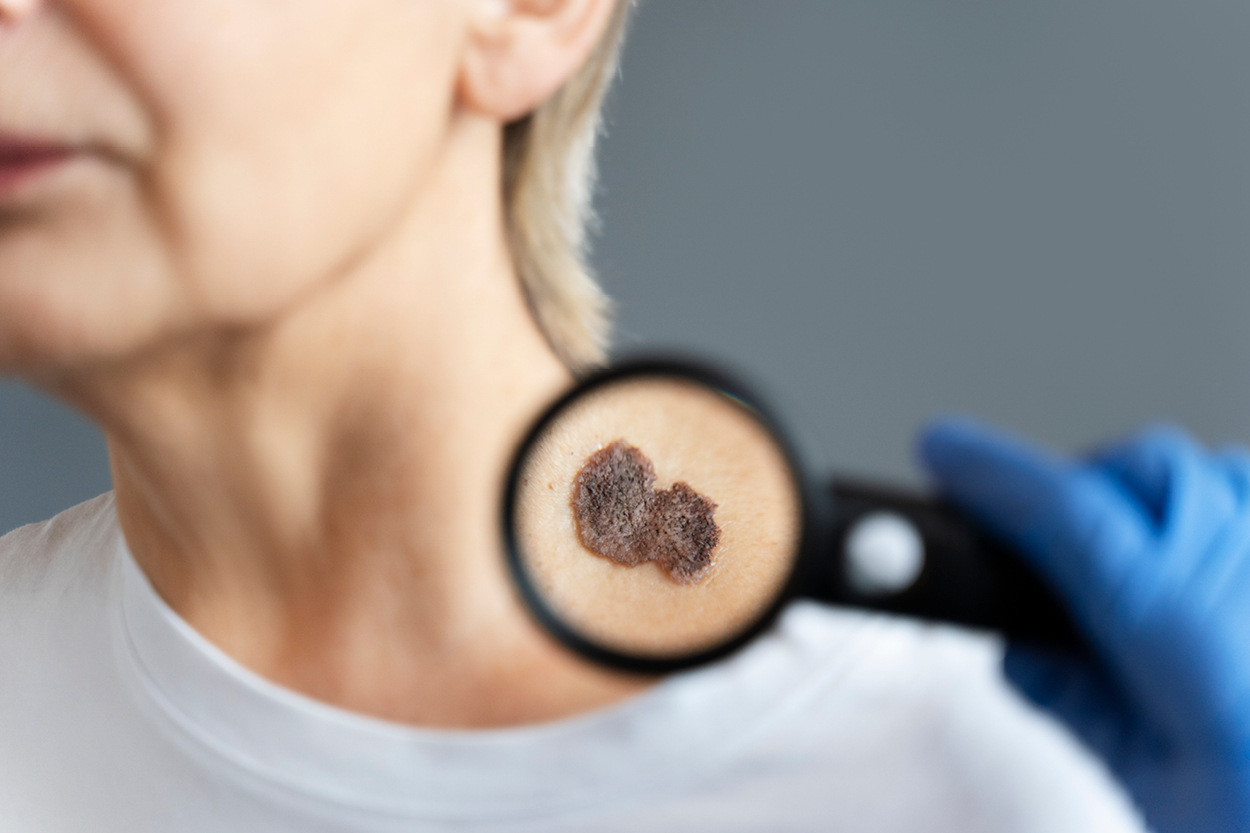How Imaging Helps Monitor Skin Health Changes
Modern imaging technology allows healthcare providers to examine skin changes with the utmost precision. This technological approach allows medical professionals to track changes in size, color, texture, and shape over time, identifying potential concerns before they become visible to the untrained eye.
When monitoring your skin health, certain warning signs deserve immediate attention. Healthcare professionals use the ABCDE method to help patients remember what to look for:
-
Asymmetry: One half of a mole doesn't match the other half.
-
Border irregularities: Edges appear jagged, blurred, or uneven rather than smooth.
-
Color variations: Multiple colors within a single mole or unusual hues like blue, black, or red.
-
Diameter changes: Moles growing larger than a pencil eraser.
-
Evolution: Any changes in size, shape, color, or texture over time.
Beyond the ABCDE signs, watch for these additional warning signals:
-
New spots appearing after age 30
-
Moles that look different from others on your body
-
Changes in texture, like scaling, oozing, or bleeding
-
Itching, tenderness, or pain
-
Sores that don't heal within a few weeks
Sun protection remains the number one way to protect your skin. SPF, or sun protection factor, measures how well a sunscreen protects against UVB rays, which cause sunburn and contribute to skin cancer.
Choosing between mineral and chemical sunscreens depends on your skin type and lifestyle. Both provide effective protection when used correctly.
Chemical Sunscreens:
-
Absorb UV rays and convert them into heat.
-
Blend seamlessly into skin without white residue.
-
Feel lightweight and comfortable under makeup.
-
Require 15-20 minutes to become effective after application.
-
Best suited for: Active lifestyles, daily wear, and individuals who prefer invisible protection.
Mineral Sunscreens:
-
Create a physical barrier that reflects UV rays away from skin.
-
Work immediately upon application.
-
Contain zinc oxide or titanium dioxide.
-
Less likely to cause skin irritation or allergic reactions.
-
May leave a slight white cast.
-
Best suited for: Sensitive skin, children, and individuals with skin allergies.
Regular professional skin examinations become particularly important if you have multiple moles, a family history of skin cancer, previous skin cancer diagnoses, or significant sun exposure throughout your life.
Early detection dramatically improves treatment outcomes for skin conditions, making regular monitoring essential. The technology available today allows for the detection of changes in their earliest stages, when treatment options are most effective and least invasive.
To learn more and schedule your professional evaluation, contact East Health and Imaging Center today. Our advanced imaging technology and experienced team are ready to help you maintain optimal skin health through precise monitoring and early detection.

